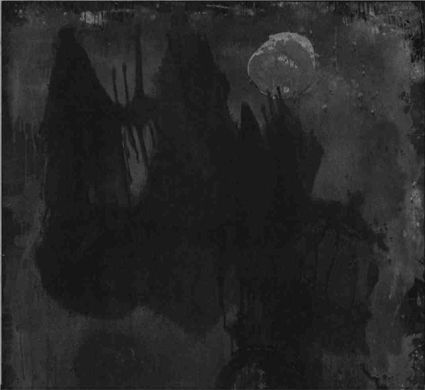Andrew Graham-Dixon on John Hoyland's abstractions
WHEN LEONARDO da Vinci ran out of ideas he used to go out and look at "a wall covered with dirt, or the odd appearance of some streaked stones." Staring at these skeins of abstract form, he found "landscapes, battles, clouds, uncommon attitudes, hu-morous faces, draperies. Out of this confused mass of objects, the mind will be furnished with an abundance of designs and sub-jects perfectly new."
Leonardo predicted the difficulties that would confront artists five centuries later when they tried to produce purely abstract paintings, which are always in danger of becoming aesthetic Rohrschach blots on to which viewers project their own figurative fantasies.
This is a problem that has persistently engaged John Hoyland since he started painting in the Fifties; his stunning show of new paintings suggests that he has ar-rived at a personal solution. Hoyland is our finest abstract painter, yet his early experiments with abstraction when he was a student at the Royal Academy Schools so enraged the President of that august body that he ordered them off the walls. His large abstracts of the Sixties — one of which, the succinctly titled 17.7.69, hangs in the Academy's current show "British Art in the Twentieth Century" as a reproof to academic shortsightedness -were massive walls of colour, mutely resistant to the figurative imagination.
These were walls of paint in which even Leonardo might have been hard pressed to discern faces, clouds and landscapes. Viewers in quest of figurative im¬agery were left simply with the drama of Hoyland's virtuoso han-dling of paint: the visual tug and pull as one field of colour leaked into or overlayed another, his vivid drips, spills and controlled pourings. Hoyland's painting has often looked as though it was as-piring to the condition of music -this has...


